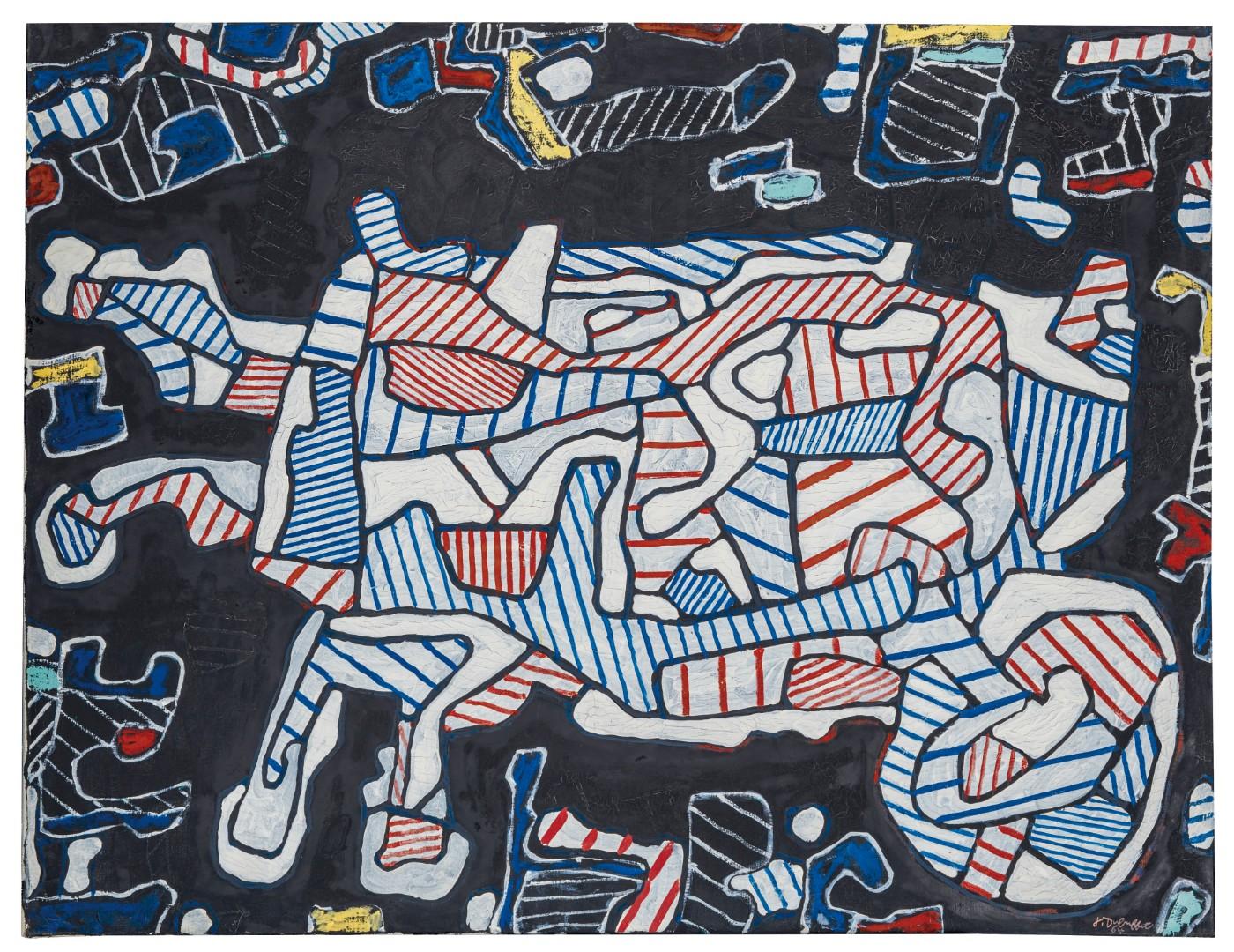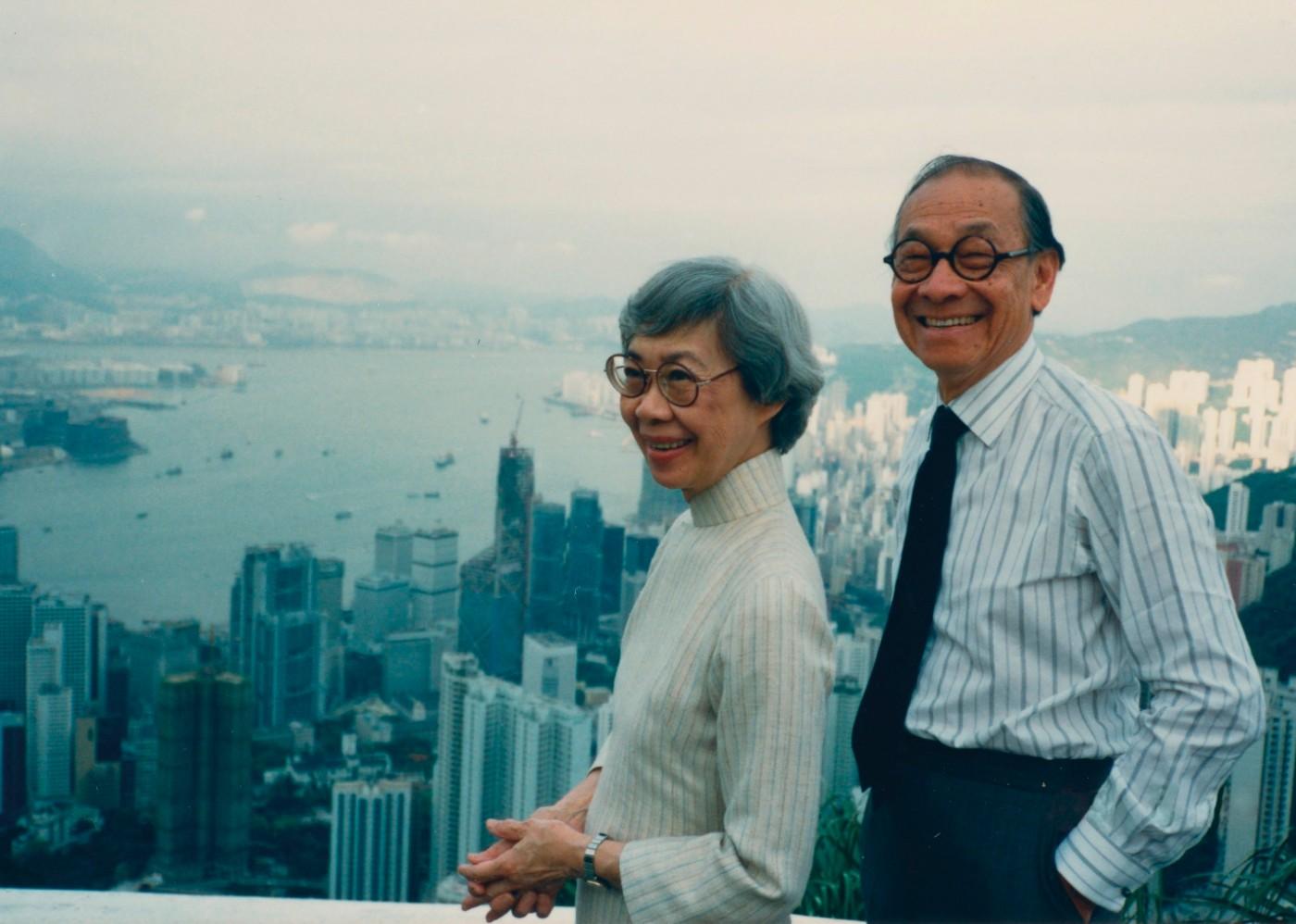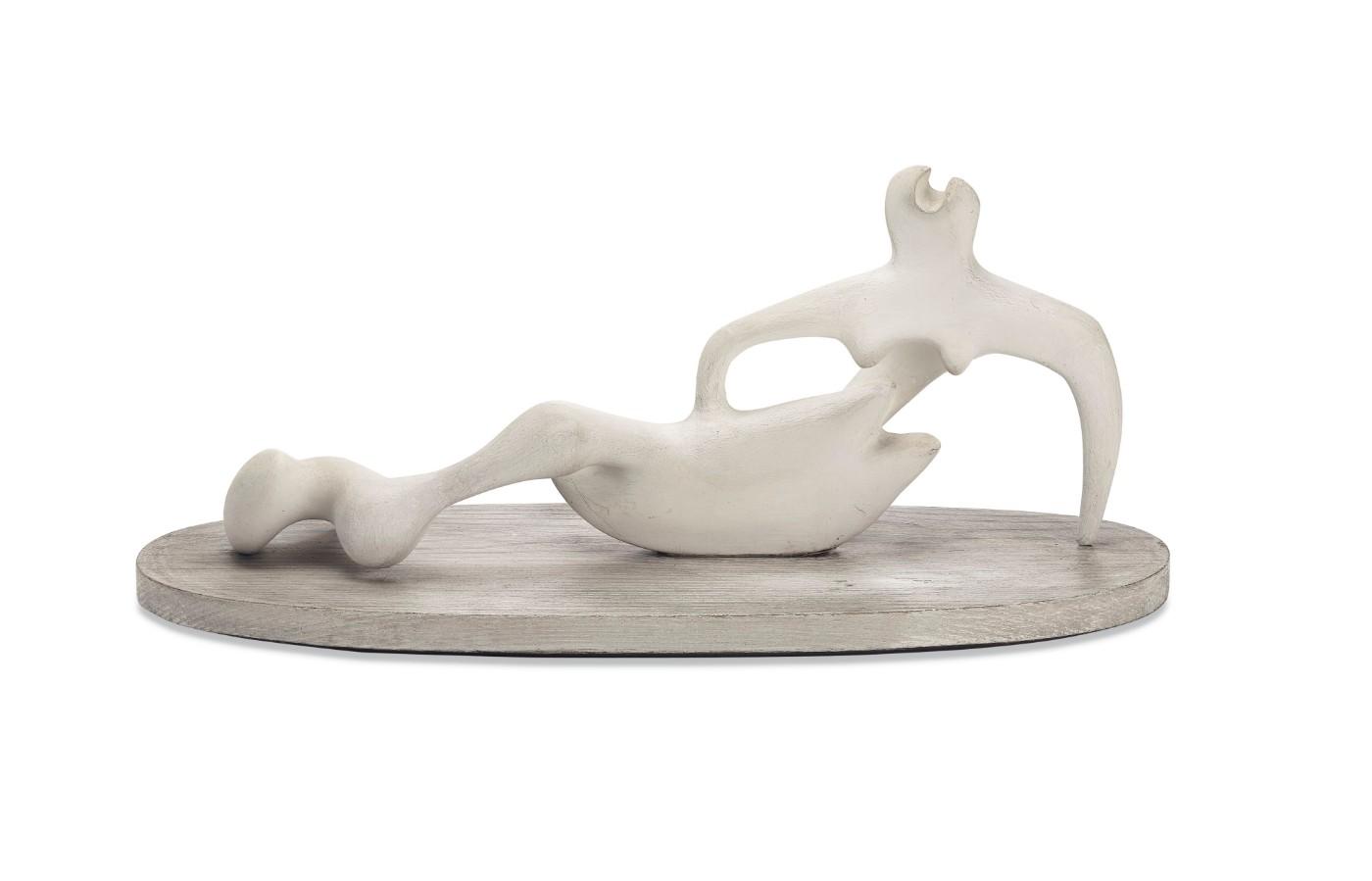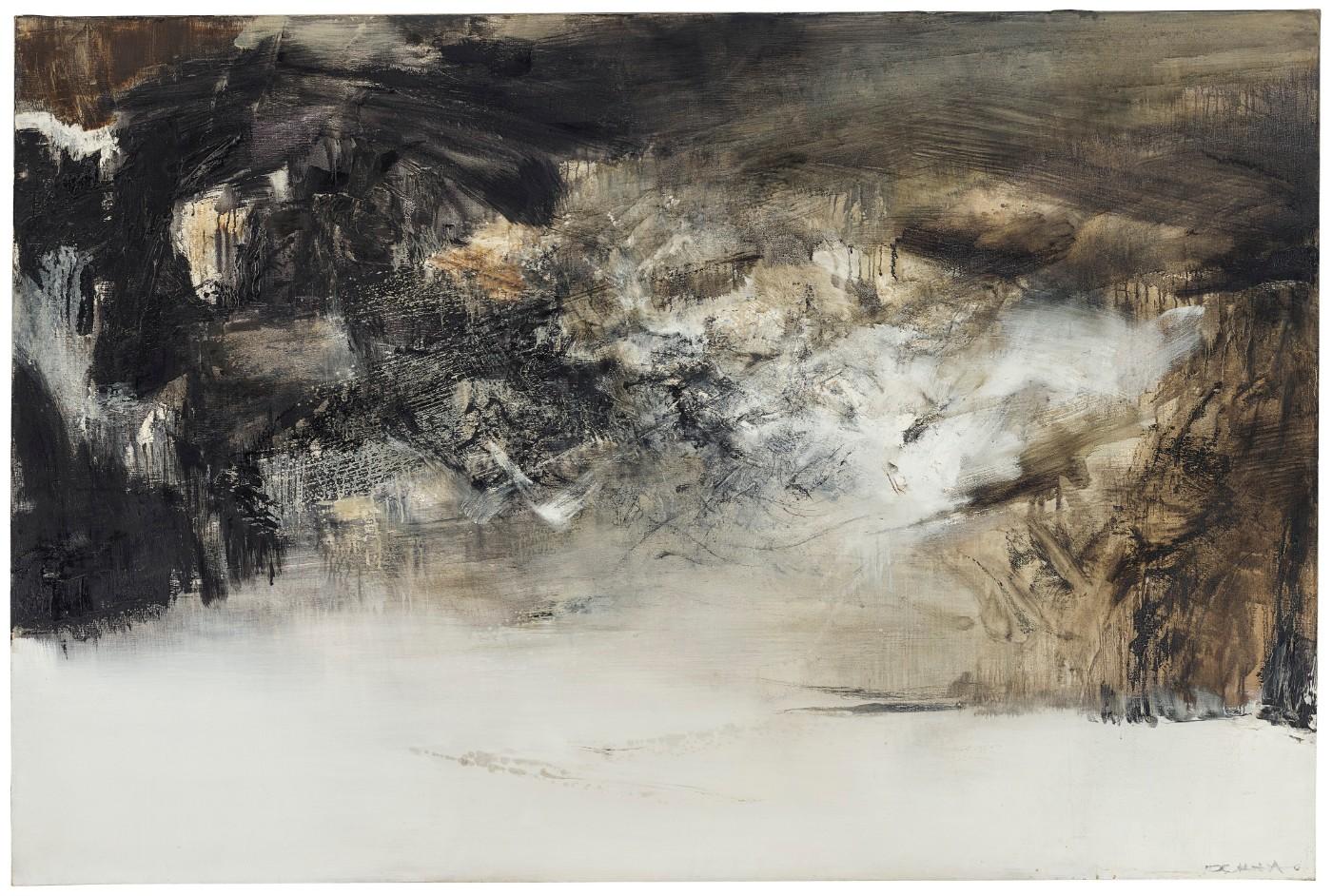Liane Pei, daughter of Eileen and I.M. Pei, said: “My parents’ collection is a personal reflection of how they lived. They shared a deep curiosity about the world and I have wonderful memories of traveling with them. No matter the country, they always seemed to have friends, many of whom were artists, architects, gallerists and museum directors, ready to welcome them. There was always a deep feeling of mutual respect, warmth and friendship. Whenever we were in Paris, we would visit Zao Wou-ki, whom I always referred to as ‘Uncle Wou-ki,’ to see his latest paintings. Years later, I recall a splendid trip to Venice with Annalee Newman, whom I adored as a grandmother. She and Barnett Newman, along with friends such as Tony Caro, Isamu Noguchi, and Pierre and Tana Matisse were often invited to our home. A tremendously accomplished chef and consummate hostess, my mother was always ready with a delicious home-cooked meal, which my father was equally ready to match with the perfect bottle of wine. My parents cherished these friendships. Even when these friends were far away, however, it never felt like that. We lived with their art every day and so they were always present. In that respect, I believe my parents could not have been happier, as they found inspiration in, and were always surrounded by, their treasured friends.”
Marc Porter, Chairman, Americas commented: “It is an honor for us at Christie’s to be entrusted with a collection that speaks to the wonderful relationship Eileen and I.M. Pei shared as equal partners in marriage, scholarship, design and art collecting. The Pei name is one that resonates around the world, integrated into the landscape of the dozens of cities that feature a Pei-designed art museum, concert hall, university, hospital, office tower or civic building. We are looking forward to sharing this collection with our clients and the public on a global scale this fall, throughout Europe, Asia and the Americas. In a fitting tribute to I.M. Pei’s most iconic architectural creation, Christie’s Paris will host the debut of highlights from this exceptional collection, continuing our dedication to providing the global collecting community with unique access to celebrated family collections.”
Johanna Flaum, Senior Vice President, Head of Sales, Post-War and Contemporary Art, added: “The Barnett Newmans came from his wife Annalee Newman a few years after Newman passed away and many of the Jean Dubuffets are inscribed specifically to the Peis. Their collection was a significant part of the couple’s self-designed home, which speaks very much to the dialogue they had between top artists of the 20th century and I.M Pei’s aesthetic eye as their contemporary in the field of architecture.”
































